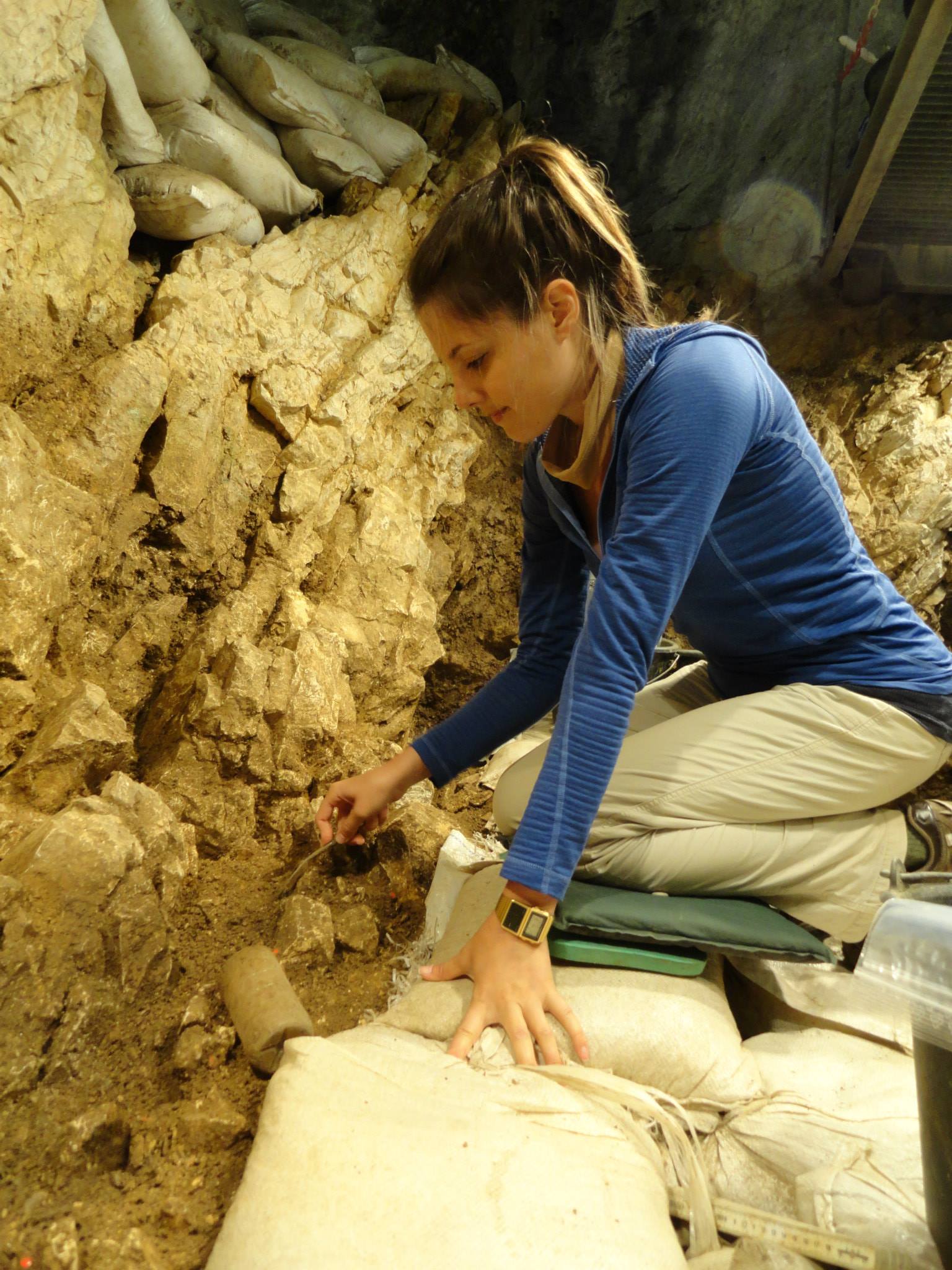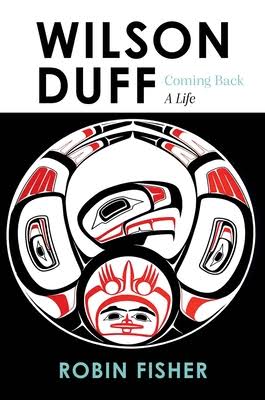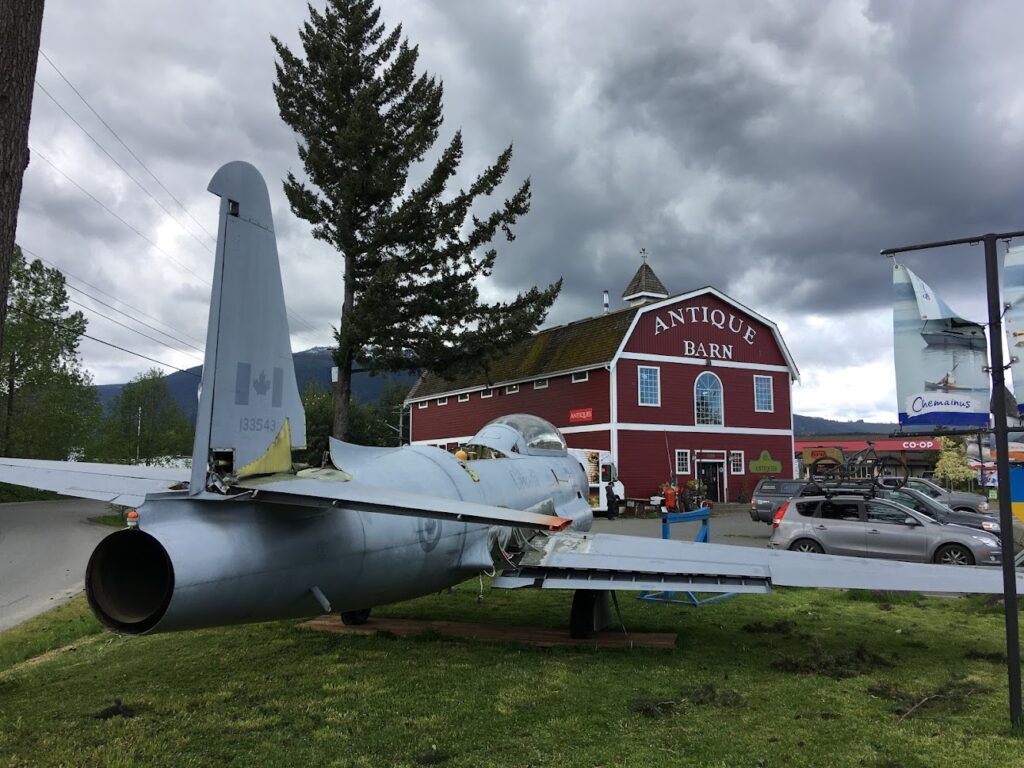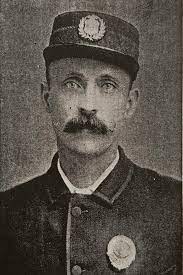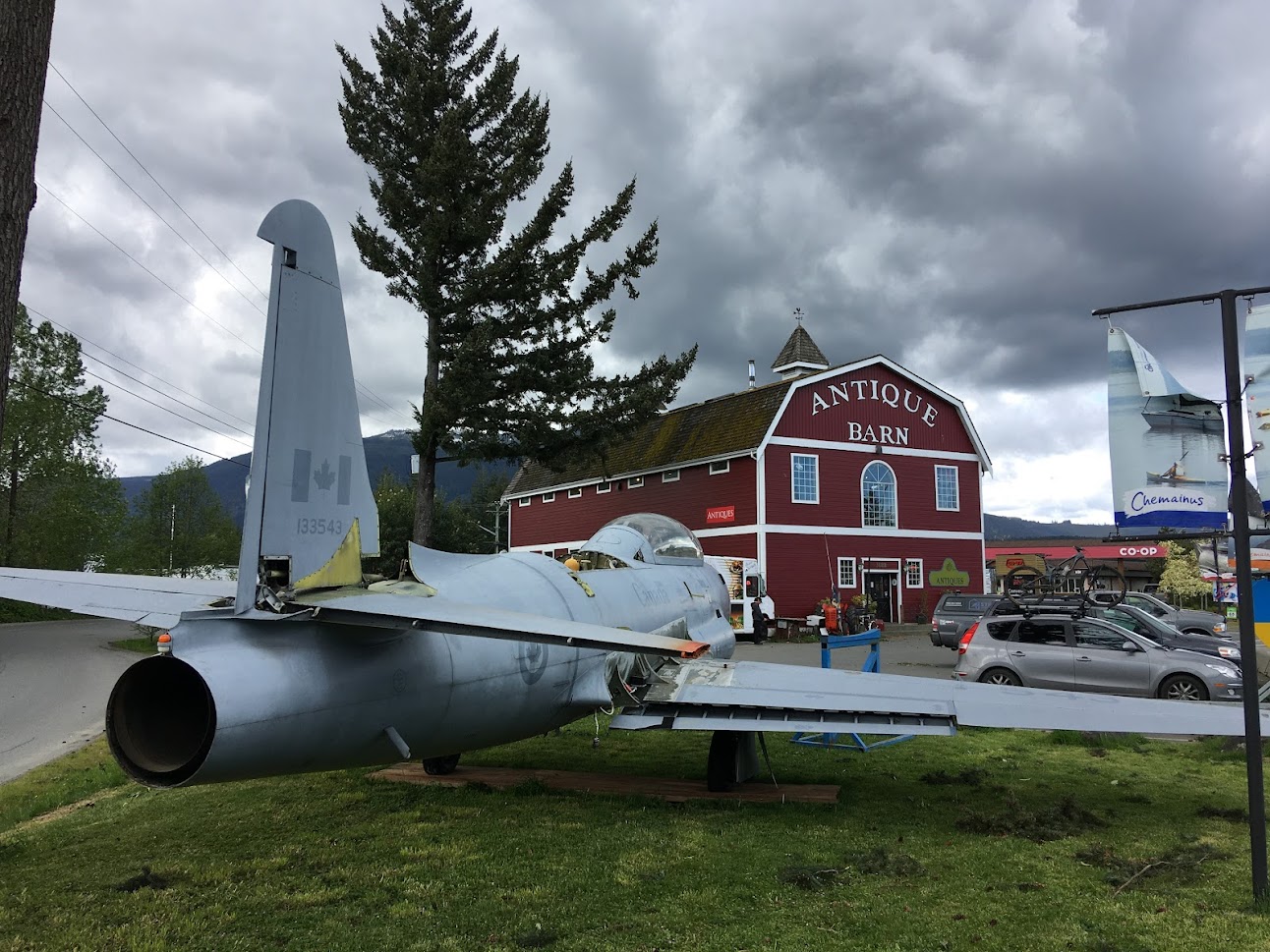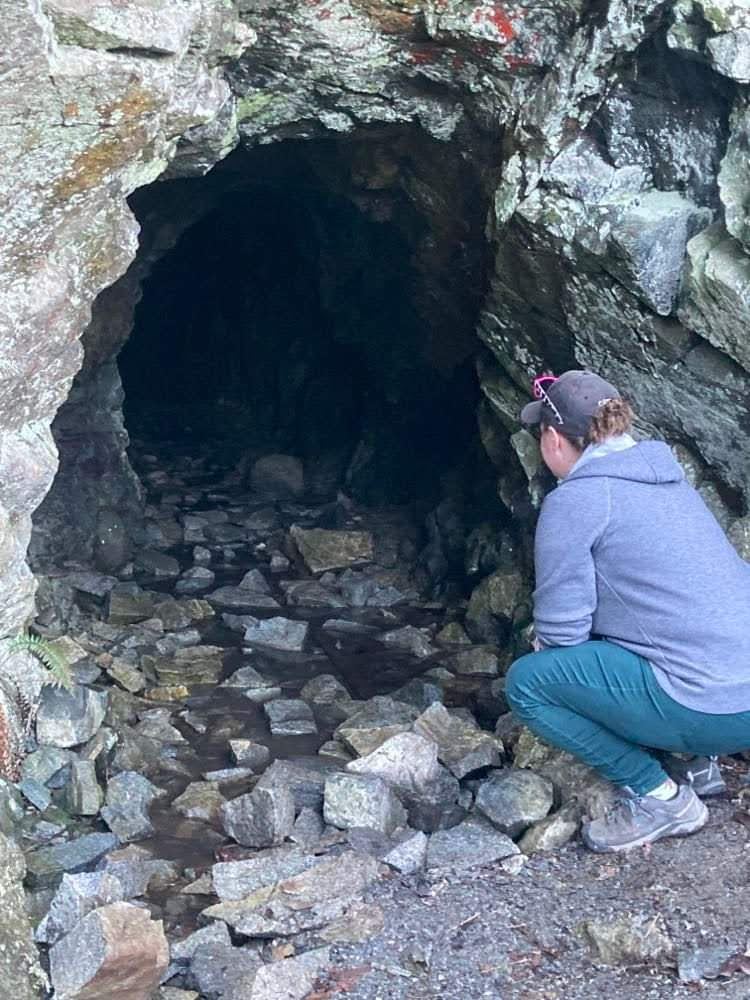Dave Flawse
Intro: On one of those cold, foggy days we had near the end of January 2022, I pushed through the glass doors at the Cumberland Museum and Archives and sat down with Curator and Collections Manager Lia Tarle to chat about the museum and her interests.
She only began here in October 2020 but has already helped overhaul the museum completely. (If you haven’t been since the renovation, I recommend checking it out.)
Lia has a PhD in Archaeology from Simon Fraser University focused on ethical issues surrounding the display of human remains in museums.
Before that, she completed a Masters in Paleolithic archaeology, studying Stone Age hunters and gatherers in Europe.
Dave: Thanks for doing this interview, Lia. First off, what does a curator and collections manager do?
Lia: I’m responsible for the collections and the archives. So, for their safe keeping and management. I also took the lead on updating the permanent gallery exhibitions over the last year. So, getting a sense of the history of this area, and trying to distill it down to what people can actually take away from one museum visit, and where we can delve into more detail.
Also, we started working with the K’ómoks First Nation on telling their stories, which weren’t really featured in the museum in the past. And that’s an ongoing project that we’re going to continue working on with them, telling stories they want to share with the museum, in their own words.

Dave: What first sparked your interest in archeology?
Lia: I got into it by studying anthropology, which is the study of different cultures, and I became interested in the more concrete material evidence side of things. I’ve always been interested in where we come from. I started out thinking I might go into astronomy and then got into anthropology and human evolution.
From there, I wanted to end up in a museum and focused on museum ethics to get there.
I think it’s always fascinating to pull things out of the ground and the last person who touched it lived 1,300 years ago, or maybe 150,000 years ago if it was a Neanderthal. That connection between the past and present and visualizing what the world would have looked like has always been fascinating to me.
Dave: Funny that your other choice was astronomy. It’s similar in the way where you are gazing thousands of years into the past.
Lia: Yeah, kind of big, big picture questions.

Dave: What has been your favourite project at the Museum so far?
Lia: The exhibition redesign was a dream project. We got to start from scratch, but took a lot of the stories that were in the museum already and presented them in a new way. It’s really unusual for a museum to be able to redo everything at the same time so that it’s a cohesive, flowing narrative versus different exhibition topics and styles being added over the years.
The visual and object-focused exhibits, and experiential exhibitions were pretty exciting to work on.
Dave: Beyond your work at the museum, what’s the highlight of your career so far as an archeologist?
Lia: I’ve found it really rewarding working with the K’ómoks Nation. We’ve been meeting with them over the past year through the museum, and before that I was working with them through SFU. It’s really exciting to do work that a community cares about, and I think the enthusiasm is contagious on both sides of projects we do together.
Apart from that, I’ve really enjoyed excavations in Europe at Middle and Upper Paleolithic sites. That’s when Neanderthals were in Europe and modern humans first joined them in Europe. That was my favorite time period [with questions like] what happened to some of our closest cousins, the Neanderthals, when humans and Neanderthals overlapped.

Dave: What did your collaboration with SFU and K’ómoks First Nation entail?
Lia: It was a field school. So, teaching undergrad students archaeological field methods and things like how to go about setting up an archaeological excavation, following research goals set by the Nation, and ethical issues in archaeology as well. We were excavating locally and finding materials dating back to about 1,300 years ago.
Dave: On the scale of finds? Is that a big deal?
Lia: Yeah, it was really exciting. I’ve always been really into symbolic behavior and what elements of it actually remain in the archaeological record. When I was studying Paleolithic archaeology, I was studying the origins of symbolic behavior in some of the earliest cave art and figurines that have been found in Europe, around 40,000 years ago.
I’ve always found that kind of thing fascinating, then especially so in the context where there are living descendant communities, and you can see the impact your work has on the people and there’s also oral history that you can look into and historical records that give a more complete picture of what might it might mean versus artistic or spiritual depictions from 40,000 years ago.
Dave: What’s your favourite display that’s at the Cumberland Museum?
Lia: I’d say the mine right now because it’s an immersive exhibition, with sound effects and flickering lights. That was one of my favourites to do. The replica mine has been in the museum for years, but we reinterpreted the objects and presented the story in a bit of a different way, focusing on human stories, and added interactive telephones so you can listen to audio from coal miners recorded in oral history interviews.

Dave: Last question, what are your hopes for the future with your role here?
Lia: I’m really looking forward to doing more community engagement with exhibitions going forward.
We have a traveling exhibition coming to our museum from Vancouver, hopefully—it’s not confirmed quite yet. It’s an exhibition about Chinese Canadians told through food culture: about Chinese Canadian experiences, diversity of cultures, connections with others in Canada, as well as ties back home to China. I think that’s going to be really exciting. Cumberland had a large Chinese Canadian population in the past, and we’ll be talking with a committee of descendants from the local Chinatown about how to tell their stories.
I’m also excited about continuing to work with the K’ómoks Nation going forward. It’s really rewarding to be talking about these things with people who it really matters to, and you get mutually excited and even more passionate about the project.
*The Cumberland Museum and Archives is open Tuesday to Saturday 11a.m. to 4:30p.m.
